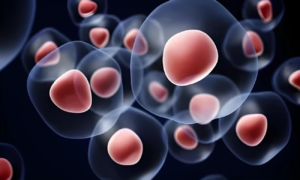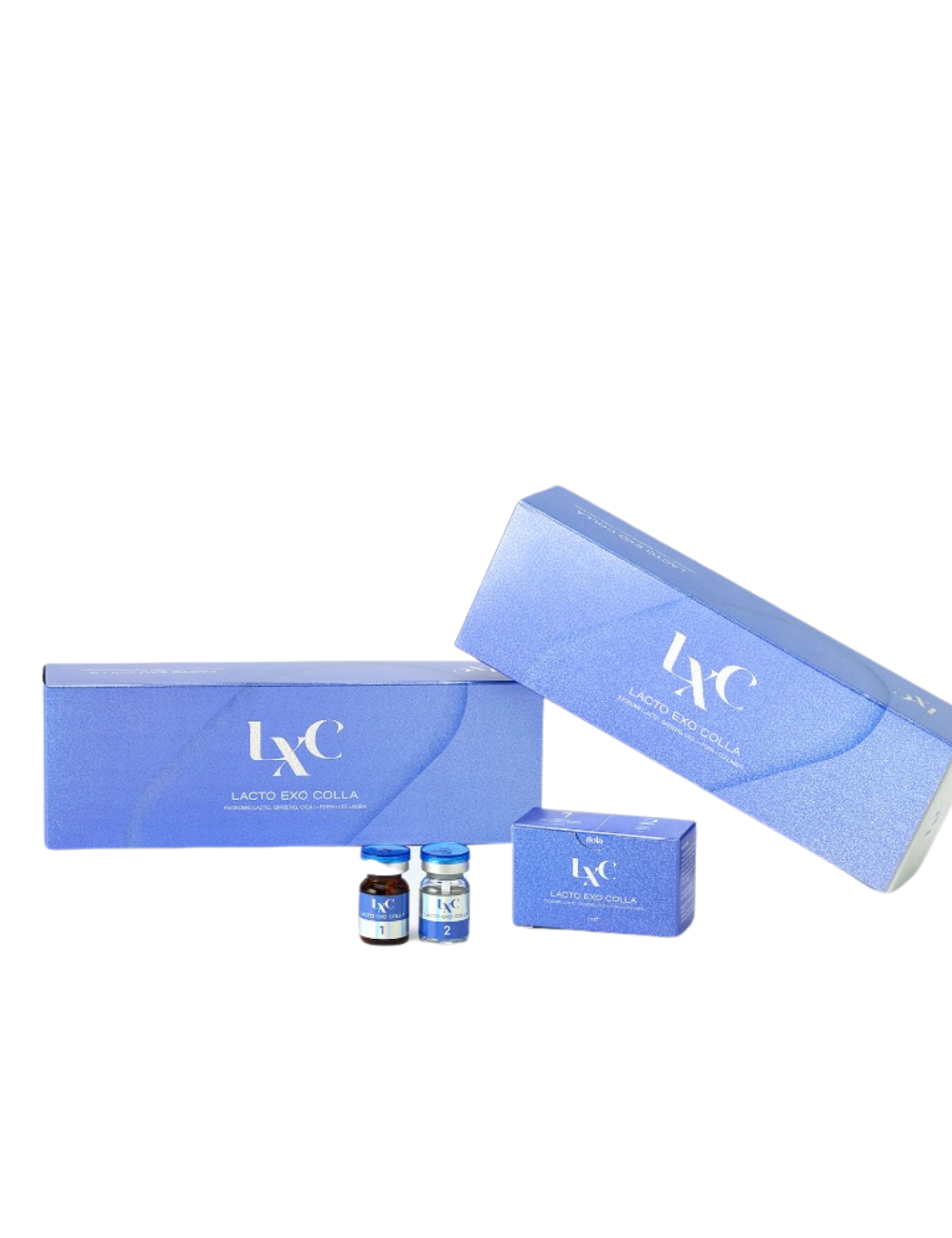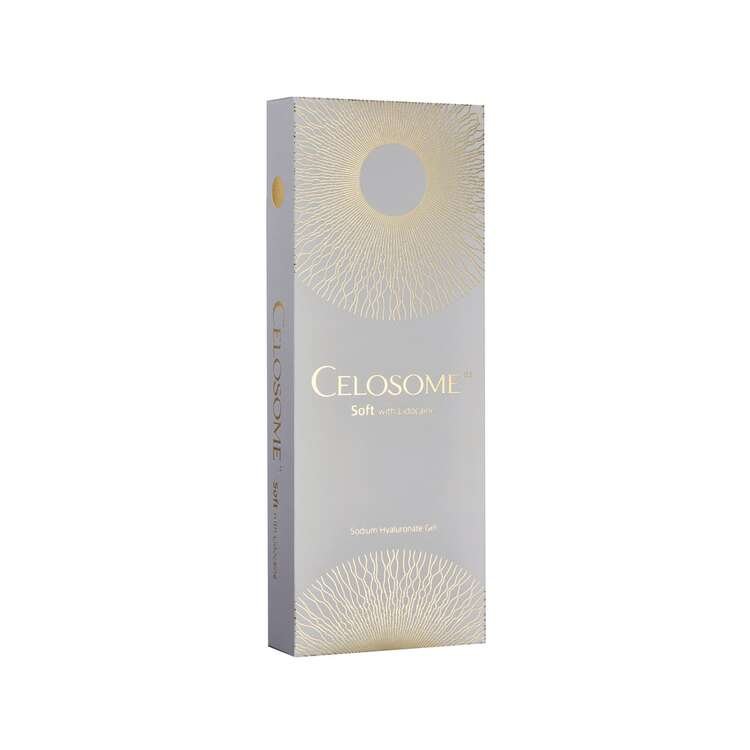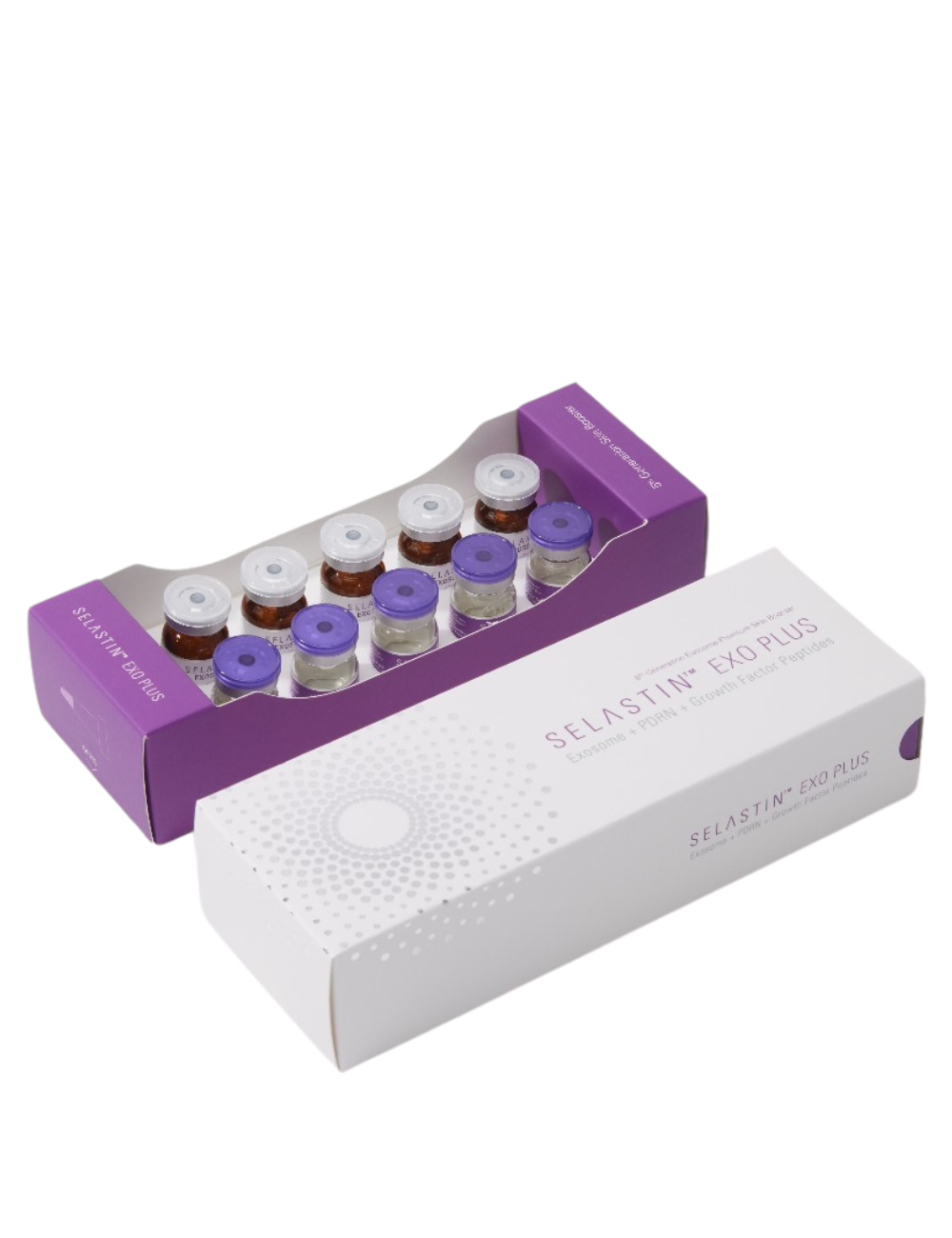Aucun produit ajouté !
Written by
fillercosme
January 10, 2024
Exosomes, these tiny particles with an incredibly small size of 245.7 billion, are true masterpieces of cellular biology. These extracellular sacs filled with bioactive molecules play an essential role in intercellular communication, making them the maestros of the cellular microcosm.
Exosomes are often referred to as the “best of the trillions” because of their ability to orchestrate a sophisticated dialogue between cells. Their subatomic size should not be underestimated, because it is precisely this dimension that allows them to cross cellular barriers and deliver their precious contents to strategic locations in the body.
These small, extremely discrete particles are produced by various cell types and are found in various biological fluids, such as blood, saliva and urine. Their composition, rich in proteins, lipids and nucleic acids, demonstrates their versatility as biological messengers.
The role of exosomes in regulating the immune system is particularly fascinating. They act as intercellular diplomats, facilitating communication between immune cells and coordinating immune responses. This ability to modulate inflammation and influence immune responses makes them key players in the fight against autoimmune and inflammatory diseases.
Their involvement in the field of regenerative medicine is also promising. Exosomes can carry growth factors and regenerative molecules, promoting healing and regeneration of damaged tissues. This property places them at the heart of research aimed at exploiting their therapeutic potential in the treatment of various medical conditions.
However, despite their beneficial potential, exosomes are not free of mysteries. Their biogenesis, precise cellular targeting, and role in various biological processes are constantly evolving areas of research. Fully understanding these small particles could pave the way for new medical and therapeutic advances.
The concentration of exosomes, measured in trillions, could impact a product's visible results. Indeed, the concentration of exosomes in a product can play a crucial role in its potential effectiveness.
A higher concentration of exosomes can potentially mean a greater amount of biological messengers available for cellular communication. This could have positive implications in areas such as regulating the immune system, promoting tissue regeneration, and other biological processes.
However, it is essential to note that exosome concentration is only one aspect of many factors that influence the effectiveness of a product. The quality of exosomes, their source, and the way in which they interact with target cells are also important elements to take into account.
Exosomes are often referred to as the “best of the trillions” because of their ability to orchestrate a sophisticated dialogue between cells. Their subatomic size should not be underestimated, because it is precisely this dimension that allows them to cross cellular barriers and deliver their precious contents to strategic locations in the body.
These small, extremely discrete particles are produced by various cell types and are found in various biological fluids, such as blood, saliva and urine. Their composition, rich in proteins, lipids and nucleic acids, demonstrates their versatility as biological messengers.
The role of exosomes in regulating the immune system is particularly fascinating. They act as intercellular diplomats, facilitating communication between immune cells and coordinating immune responses. This ability to modulate inflammation and influence immune responses makes them key players in the fight against autoimmune and inflammatory diseases.
Their involvement in the field of regenerative medicine is also promising. Exosomes can carry growth factors and regenerative molecules, promoting healing and regeneration of damaged tissues. This property places them at the heart of research aimed at exploiting their therapeutic potential in the treatment of various medical conditions.
However, despite their beneficial potential, exosomes are not free of mysteries. Their biogenesis, precise cellular targeting, and role in various biological processes are constantly evolving areas of research. Fully understanding these small particles could pave the way for new medical and therapeutic advances.
The concentration of exosomes, measured in trillions, could impact a product's visible results. Indeed, the concentration of exosomes in a product can play a crucial role in its potential effectiveness.
A higher concentration of exosomes can potentially mean a greater amount of biological messengers available for cellular communication. This could have positive implications in areas such as regulating the immune system, promoting tissue regeneration, and other biological processes.
However, it is essential to note that exosome concentration is only one aspect of many factors that influence the effectiveness of a product. The quality of exosomes, their source, and the way in which they interact with target cells are also important elements to take into account.
https://fillercosme.com/product/pepdiva-stem-cell-exosomes-hair-1-kit-2-flacons/
https://fillercosme.com/product/pepdiva-stem-cell-exosomes-kit-2-flacons/
https://fillercosme.com/product/exohealer-p198-filcore-sb-exosomes-1flacon-2ml/
https://fillercosme.com/product/exosomes-asce-srlv-20mg5ml/
https://fillercosme.com/product/hanheal-exosome-rajeunissement-du-visage/
https://fillercosme.com/product/pdx2-exosome-peptide-complex-whitening-dlexo-seoul-skin-booster/
https://fillercosme.com/product/pdx5-dermaline-complex-skinbooster/














